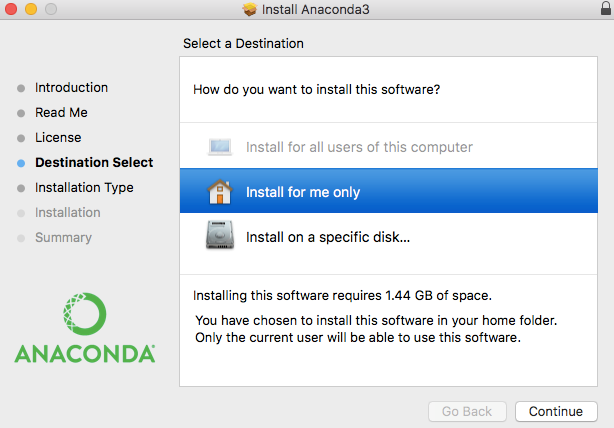


But since this is the lazy girl’s guide we want to spend as little time as possible on installation of tools.)Īfter choosing the AMI we also need to choose the right instance type. (If you are not sure yet which libraries you will need, you can also use a vanilla Linux AMI and install everything you need later on the command line. Jupyter is also already preinstalled on both. In the end I opted for the Amazon AMI and installed keras myself (see next step). Some searching in the AWS Marketplace reveals that Amazon’s Deep Learning AMI and Bitfusion Ubuntu 14 TensorFlow AMI are nice options. In my case I wanted to use either tensorflow or keras with a tensorflow backend. Since our goal is to do some deep learning, I suggest looking for an AMI that comes with the deep learning library of your desire.

Launch an EC2 Instance With a Suitable AMIĬhoosing the right AMI (Amazon Machine Image) will save us a lot of installation effort and time. If not you can easily find some articles explaining the purpose of virtual environments. I also assume you know how to work with virtual environments for Python and you know the general workflow of installing Python packages. Prerequisites: I assume in this post you already know how to set up an EC2 instance with your credentials so that you can access the instance once it has booted up. In the following I will describe the steps I took to get to the point of training a NN with keras in a Jupyter notebook running on an EC2 instance. Hence, it was time to move to an AWS EC2 machine with a dedicated GPU to speed up my experiments. However, after building more and more layers with more and more filters and starting to tune the hyperparameters for my networks, I noticed that the training time is starting to slow me down. Given the experimental nature of my enterprise I started out directly in a Jupyter notebook running locally on my Mac. I got inspired to build my first convolutional neural network for sentiment analysis after reading this paper by Kim (2014) and attending a PyData meetup with a keras demo (more about this maybe in another post).

Getting started with deep learning is quite easy these days given all the available material out there. TL DR: I describe how I set up a Jupyter server on EC2 with a Marketplace AMI (so we don’t have to install too much stuff ourselves) so we can speed up the training of our NN without leaving the convenient workflow of a Jupyter notebook.


 0 kommentar(er)
0 kommentar(er)
